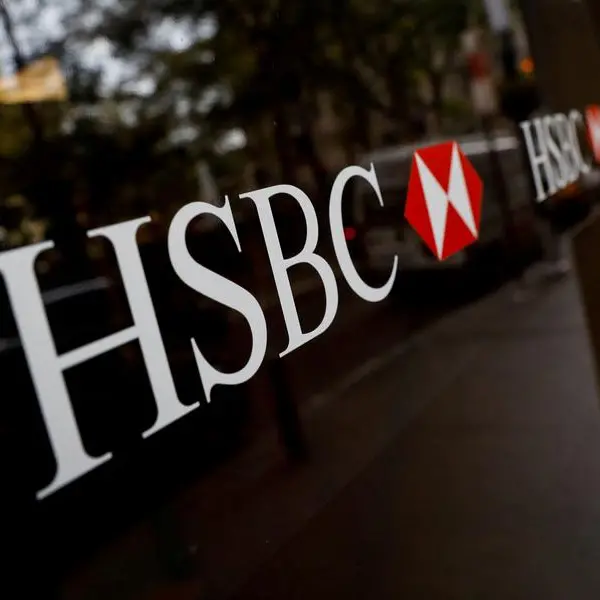Just ahead of the US jobs data on Friday, the People's Bank of China hiked reserve requirements on CNY forwards (for onshore institutions) a move clearly aimed at stemming the one-way CNY depreciation ahead of the 7.00 level in USDCNY and as the CFETS-defined RMB basket reached the bottom of its range from a year ago.
The requirements went into effect today and haven’t triggered additional volatility beyond the sharp correction from new highs on Friday. Given this move, the focus on the 7.00 level takes on added importance as the market gauges to what degree China is mobilising the CNY in its trade spat with the US after announcing $60 billion of tariffs on US products. That move is guaranteed to elicit the next pointed response from President Trump whipping up populist sentiment on the campaign trail for Republican candidates in the upcoming midterm elections.
Note that China reports its FX reserves for July overnight and as we indicated on Friday, there is a very different spin on the situation depending on whether those reserves rose (doubtful, but if so, a strong signal of CNY weakening intent), stayed more or less the same (yawn), or shrank more than expected (a sign of capital flight and China losing control of the situation at some level).
The US data Friday saw a surprising turn of events. Payrolls and earnings data were indifferent and in-line, but the headline grabber (or at least what should have been the headline grabber as we are surprised how little the market reacted) was the July ISM Non-manufacturing survey dipping sharply to 55.7 vs. 58+ expected and versus 59.1 in June.
This is one of the worst month-to-month drops in the survey’s history, though we have seen mysterious dips before that were one-off affairs – it will take another monthly print for a sense that a trend is developing as well as other data that bolsters evidence that, as the growth pessimists claim, the US consumer is “tapped out”.
The most noted driver in G10 FX coming into this week is the weak euro, most likely on the increasing nervousness as Italy’s budget talks are under way. Italy’s leaders met last Thursday and the finance minister Tria made promising noises on obeying the EU’s maximum 3 percent deficit guideline, while Lega leader Salvini is loudly promising flat tax and basic income measures that will make it impossible to come anywhere near that limit. A showdown inevitably looms and traders are justifiably nervous. Bloomberg reports that Salvini claimed that the government will block “speculative attempts to influence growth trends” without specifying how.
In France, May’s meeting with Macron garnered no fresh sterling volatility or takeaways. Prominent Tory politician Liam Fox claimed that the risk of a no-deal Brexit are now 60-40 owing to the EU’s intransigence.
The euro is weak almost across the board, driven by concerns at the periphery – and EURCHF has dropped to 1.1500 and the lowest weekly close since 2017. Look for Italian and other peripheral yield spreads to drive the direction here, and note that a plunge through 1.1500 could open up a move to the 1.1200 area.
The G-10 rundown
USD - The US focus this week on key levels in the major USD pairs (most notably the 1.1500 level, though the euro seems to be the driving force there), but also on US Treasury auctions (Three-, 10-, and 30-year auctions Tuesday through Thursday) and the US yield curve. The data focus of note is Friday’s July CPI print.
EUR – the weak euro is the most significant driver of the moment and the 1.1500 level in EURUSD is the most in focus, but EURCHF and EURJPY are also at compelling levels, with 1.1500 in EURCHF also in play, and EURJPY now having broken down through the technically important 129.00 area. Watch signals from Italy.
JPY – the yen looking firm across the board, but has not yet fully taken out the pivotal levels in USDJPY (111.00 to 110.75-ish) that would indicate that the currency is top dog for now. Fresh risk off and/or declining bond yields this week could help drive further JPY strength – EURJPY and GBPJPY look very heavy.
GBP – the May/Macron meeting yielded no new information and even the latest softening of the EU’s stance, including promises to retract some of the more controversial measures on the Irish border issue as a part of the “backstop” plan, have failed to boost hopes for a deal or boost the sterling’s fortune after a rather hawkish BoE. GBPUSD looks heavy again if it can get separation from the pivotal 1.3000 level.
CHF – the franc is stronger on the renewal of the EU existential trade and weaker bond yields also a bit of a boost. We note above the importance of the 1.1500 are in EURCHF.
AUD – the Aussie is not getting a lot of attention here and the RBA not likely to provide any reason to trade the currency. The trade war theme and weak commodity prices are Aussie negatives, but crowded short positioning may be supporting the currency at the margin without fresh negative developments.
CAD – USDCAD can’t find separation from the pivotal 1.3000 area in either direction. Bank of Canada expectations have outstripped those for the Fed in recent weeks, but this is in the price already.
NZD – AUDNZD pushing to the upside as yield spreads do likewise – could we finally be on the march to 1.1300 again? This week’s RBNZ outing could serve as a reminder that the Governor Adrian Orr is far more of a dove than the RBA’s Lowe.
NOK and SEK – Friday sees the release of the latest CPI for both Norway and Sweden as a whole lot of nothing going on for the two currencies at the moment. Sweden is headed for a chaotic post-election environment after September 6 – more on that later.
Any opinions expressed here are the author’s own.
Disclaimer: This article is provided for informational purposes only. The content does not provide tax, legal or investment advice or opinion regarding the suitability, value or profitability of any particular security, portfolio or investment strategy. Read our full disclaimer policy here.




















